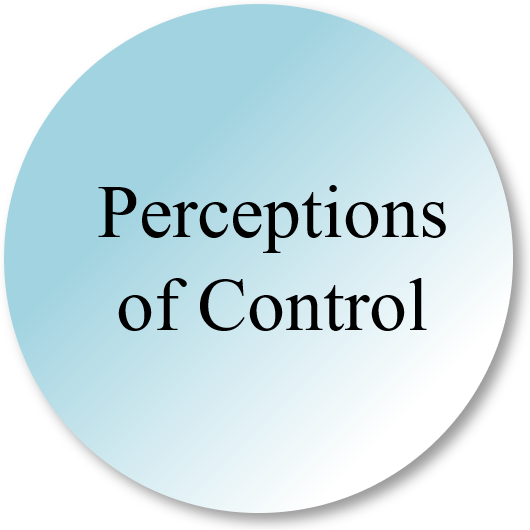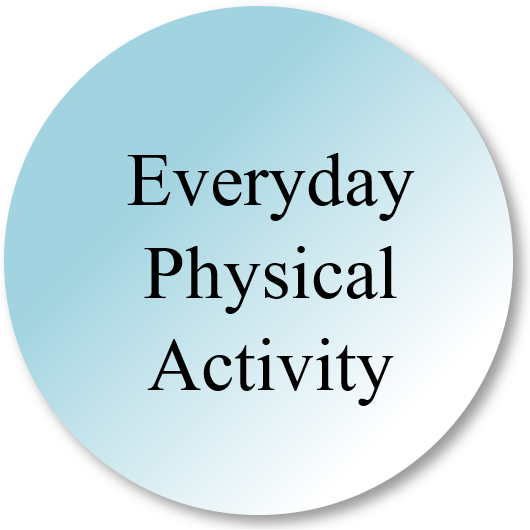




Everyday Physical Activity
Our studies that assess physical activity in late life examine both global self reports of individuals overall levels of activity as well as their everyday physical activity defined as the "quantity or level of physical movement as it occurs within one's daily endeavors" (Chipperfield, Newall, Chuchmach, Swift, & Haynes, 2008, p. 212). To assess everyday physical activity, we use activity recorders (also called actigraphs or accelerometers), which are worn on participants' wrists and record second-by-second intensity of movement.
Our research shows, for example, that everyday physical activity declines with age, and that this decline can be partially accounted for by health (in older men) and by living arrangements (in older women; Chipperfield et al., 2008). Moreover, the negative impact of falls on older adults� subsequent physical activity appears to be partly due to lower perceptions of control (Ruthig et al., 2007). Everyday physical activity even predicts mortality several years later (Chipperfield, 2008). Compared to older adults who were less sedentary, those older adults who were sedentary were more than three times as likely to be deceased two years later. LAHR studies continue to explore connections between everyday physical activity and other physical and psychological outcomes, including self esteem, self enhancement, life satisfaction, optimism, and loneliness.
Selected Publications
Newall, N. E. G., Chipperfield, J. G., Bailis, D. S., & Stewart, T. L. (2012). Consequences of loneliness on physical activity and mortality in older adults and the power of positive emotions. Health Psychology, 32(8), 921-924.
Bailis, D. S., Chipperfield, J. G., & Helgason, T. R. (2008). Collective self-esteem and the onset of chronic conditions and activity reduction in a longitudinal study of aging. Social Science and Medicine, 66, 1817-1827.
Bailis, D. S., Chipperfield, J. G., Perry, R. P., Newall, N. E., & Haynes, T. L. (2008). Exploring the commonalities between psychological resources and self-enhancement in older adults' social-comparative judgments of physical activity. Journal of Aging and Health, 20(8), 899-919.
Chipperfield, J. G. (2008). Everyday physical activity as a predictor of late-life mortality. The Gerontologist, 48, 348-357.
Chipperfield, J, G., Newall, N. E., Chuchmach, L. P., Swift, A. U., & Haynes, T. L. (2008). Differential determinants of men's and women's everyday physical activity in later life. Journal of Gerontology: Social Sciences, 63, 211-218.
Ruthig, J. C., & Chipperfield, J. G. (2007). Health incongruence in later life: A longitudinal analysis of well-being and health care. Health Psychology, 26, 753-761.
Ruthig, J. C., Chipperfield, J. G., Newall, N. E., Perry, R. P, & Hall, N. C. (2007). Detrimental effects of falling on health and well-being in later life: The protective roles of perceived control and optimism. Journal of Health Psychology 12(2), 231-248.
Menec, V. H., & Chipperfield, J. G. (1997). Remaining active in later life: The role of health locus of control in seniors� activity level, health, and life satisfaction. Journal of Aging and Health, 9, 105-125.
|

